Herbal Medicine Online Course
COURSE DESCRIPTION
| These are the specifications of the Da Vinci Institute of Holistic Medicine’s
Herbal Medicine online course: |
|
| 1. Awarding Institution / Body: | Da Vinci institute of Holistic Medicine |
| 2. Teaching Institution: | Online and distance learning, with tutor support |
| 3. Programme Accredited by: | Professional Naturopathic Course |
| 4. Final Award | Herbal Medicine Diploma |
| 5. Programme title: | Herbal Medicine online course |
| 6. Course Code and level: | HM |
| 7. Duration of program: | One trimester or 12 weeks |
| 8. Total number of study hours: | About 90 study hours |
| 9. Enrolment requirements: | None |
| 10. Enrolment date: | Anytime |
| 11. Fees: | Full payment: €330 euros; Instalment plan: €115.50 per month for 3 monthly payments (5% extra). |
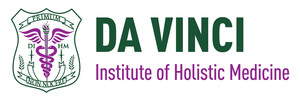

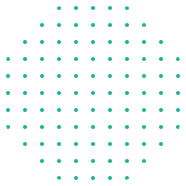


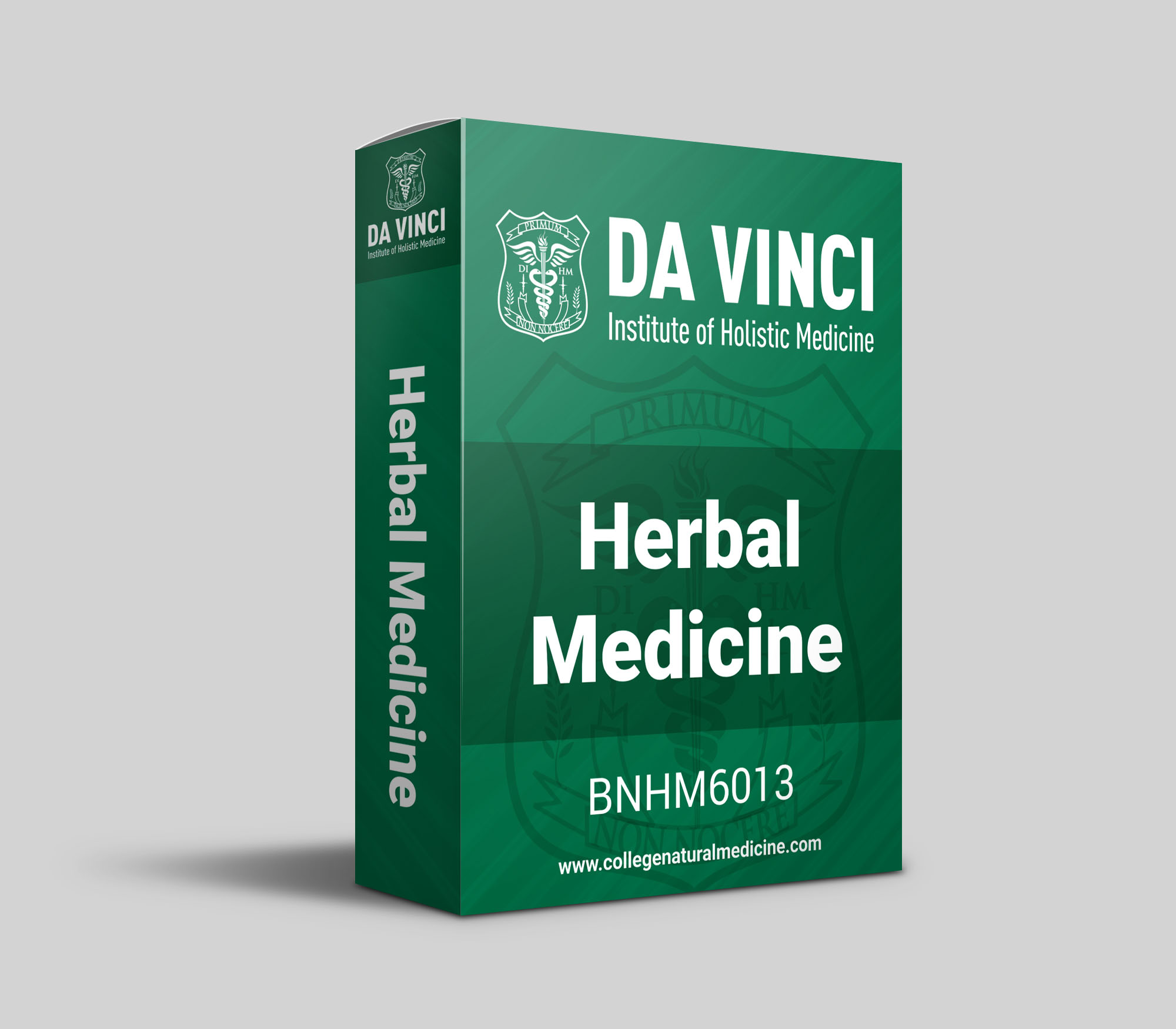
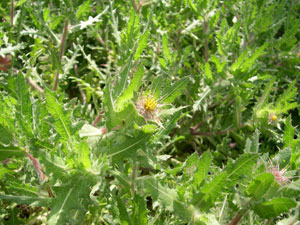
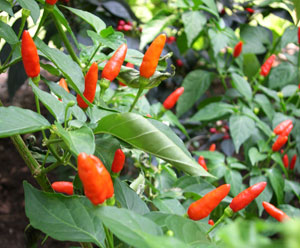
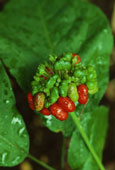
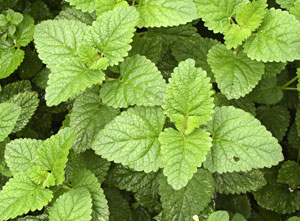
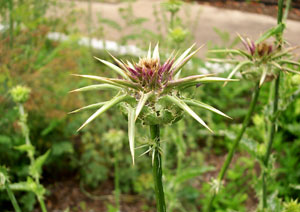
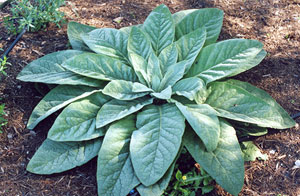
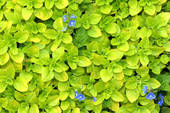
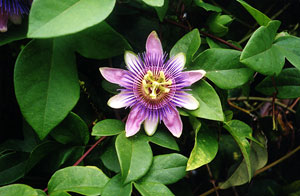
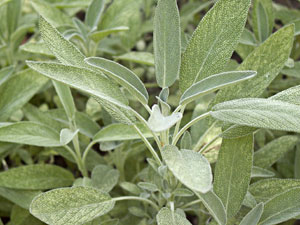
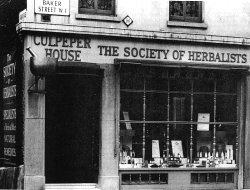
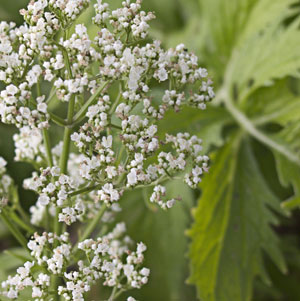
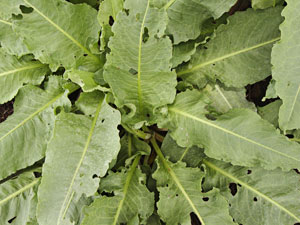
Reviews
There are no reviews yet.